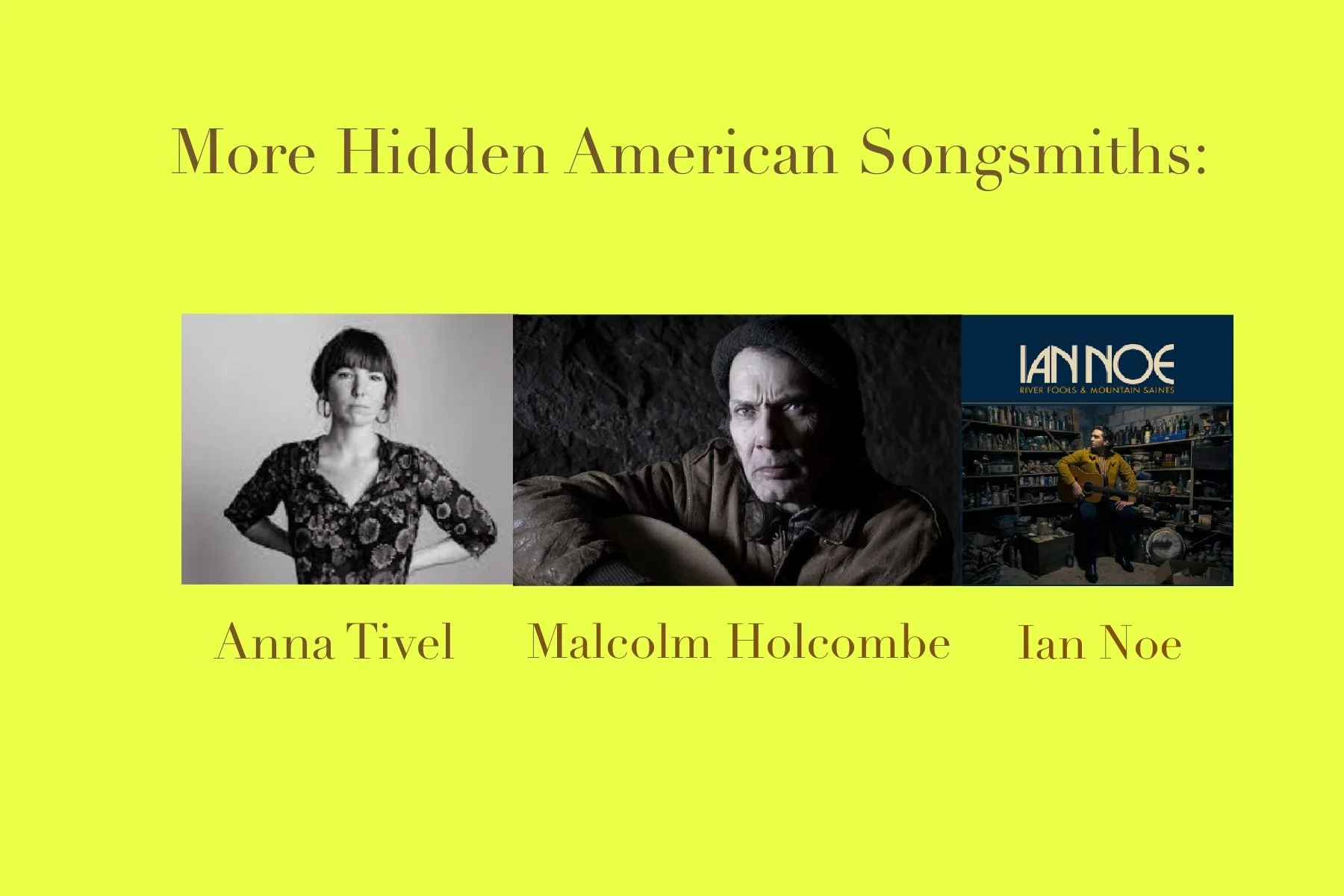Under the radar of the music business machinery lie many treasures to uncover. How do we find music? Does it find us? What does it take to create music that travels from one’s private world to public awareness? Ry Cooder, a profound student of American music, points to the transition from playing in the home to the production and sale of songs in the marketplace. This transition is seismic. The opportunity to work, however meagre, making music has had deep implications that echo down the years. It means that you can somehow show up and keep at it. At the challenge of song crafting. Each of these artists currently operate in some version of our folk tradition. If they have something in common I think it is poignance. These pieces carve a quiet, strong, resonant mark. Whatever the state of our current cultural climate, a rich tradition continues due to the persistent and I would say courageous quest of such players.
Something uniquely magical in both versions thus accounting for their inclusion. In the live one, as the impact of Malcolm’s song takes hold, the noise of people talking seems to die down and maybe it raptures them. Sorry that the end of it cuts out.
“rocky ground
the spring sun sweetly splinters
the last days of the cold
underfoot’s still rocky ground
that’s justa bout all i know
this bottom land’s black and thirsty
for tobacca fields and hands
to hold the plow and pray out loud
for strength to work the land
chorus
my spoiled and painted tainted eyes
the liquid in my throat
boastin’ reapin’ fertile ghosts
the one’s i love the most
the one’s i love the most
these hills round here are old
too old for recollectin’
my mother’s father’s harvest
long gone and laid to rest
the tractor’s turn and travel
the ground over again
but early in the mornin’
i know now where they been
chorus
all i know and all i am
dont matter anyhow
watchin’ you grow old and lovely
hungry to be found
hungry to be found
chorus
chorus”
Poet Jane Kenyon
“April Chores
by Jane Kenyon
When I take the chilly tools
from the shed’s darkness, I come
out to a world made new
by heat and light.
The snake basks and dozes
on a large flat stone.
It reared and scolded me
for raking too close to its hole.
Like a mad red brain
the involute rhubarb leaf
thinks its way up
through loam.”
Tom Verlaine guitarist, vocalist of the band Television
Hunter S. Thompson
“History is hard to know, because of all the hired bullshit, but even without being sure of “history” it seems entirely reasonable to think that every now and then the energy of a whole generation comes to a head in a long fine flash, for reasons that nobody really understands at the time—and which never explain, in retrospect, what actually happened.
My central memory of that time seems to hang on one or five or maybe forty nights—or very early mornings—when I left the Fillmore half-crazy and, instead of going home, aimed the big 650 Lightning across the Bay Bridge at a hundred miles an hour wearing L. L. Bean shorts and a Butte sheepherder’s jacket . . . booming through the Treasure Island tunnel at the lights of Oakland and Berkeley and Richmond, not quite sure which turn-off to take when I got to the other end (always stalling at the toll-gate, too twisted to find neutral while I fumbled for change) . . . but being absolutely certain that no matter which way I went I would come to a place where people were just as high and wild as I was: No doubt at all about that. . . .
There was madness in any direction, at any hour. If not across the Bay, then up the Golden Gate or down 101 to Los Altos or La Honda. . . . You could strike sparks anywhere. There was a fantastic universal sense that whatever we were doing was right, that we were winning. . . .
And that, I think, was the handle—that sense of inevitable victory over the forces of Old and Evil. Not in any mean or military sense; we didn’t need that. Our energy would simply prevail. There was no point in fighting—on our side or theirs. We had all the momentum; we were riding the crest of a high and beautiful wave. . . .
So now, less than five years later, you can go up on a steep hill in Las Vegas and look West, and with the right kind of eyes you can almost see the high-water mark—that place where the wave finally broke and rolled back.” ”
Though published in 1971, Mr Thompson’s commentary on the goings on of the 1960’s offered many direct hits. His wise cracking excesses walked the narrow path of truth seeking on the stunning personal and political dilemmas of the time. The artist Ralph Steadman populated the text with daring and often disturbing appropriately connecting wit.
This my personal favorite from the nooks and crannies of the vastly neglected Bonzo Dog Band and in particular the pen of Neil Innes for bass guitar and maybe french horn. Neil’s solo records hold some gems that will appear soon in these pages
“dwarf on a moped speeds thru the park
to Kilroy’s renaissance the temple of art”






